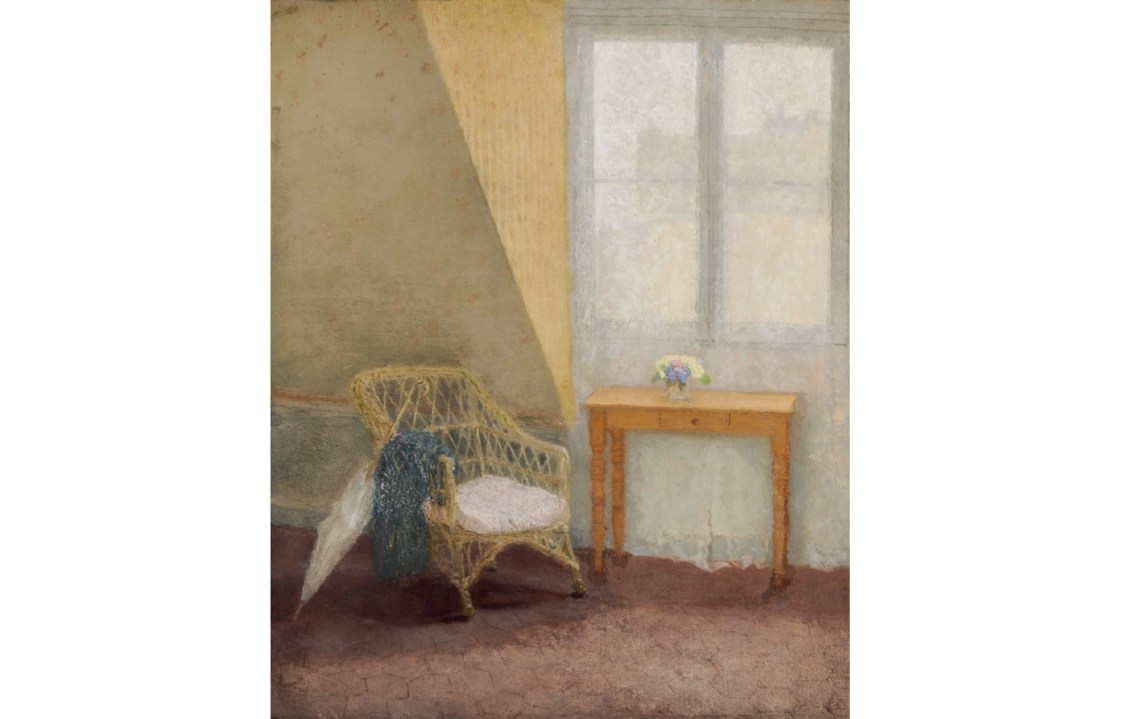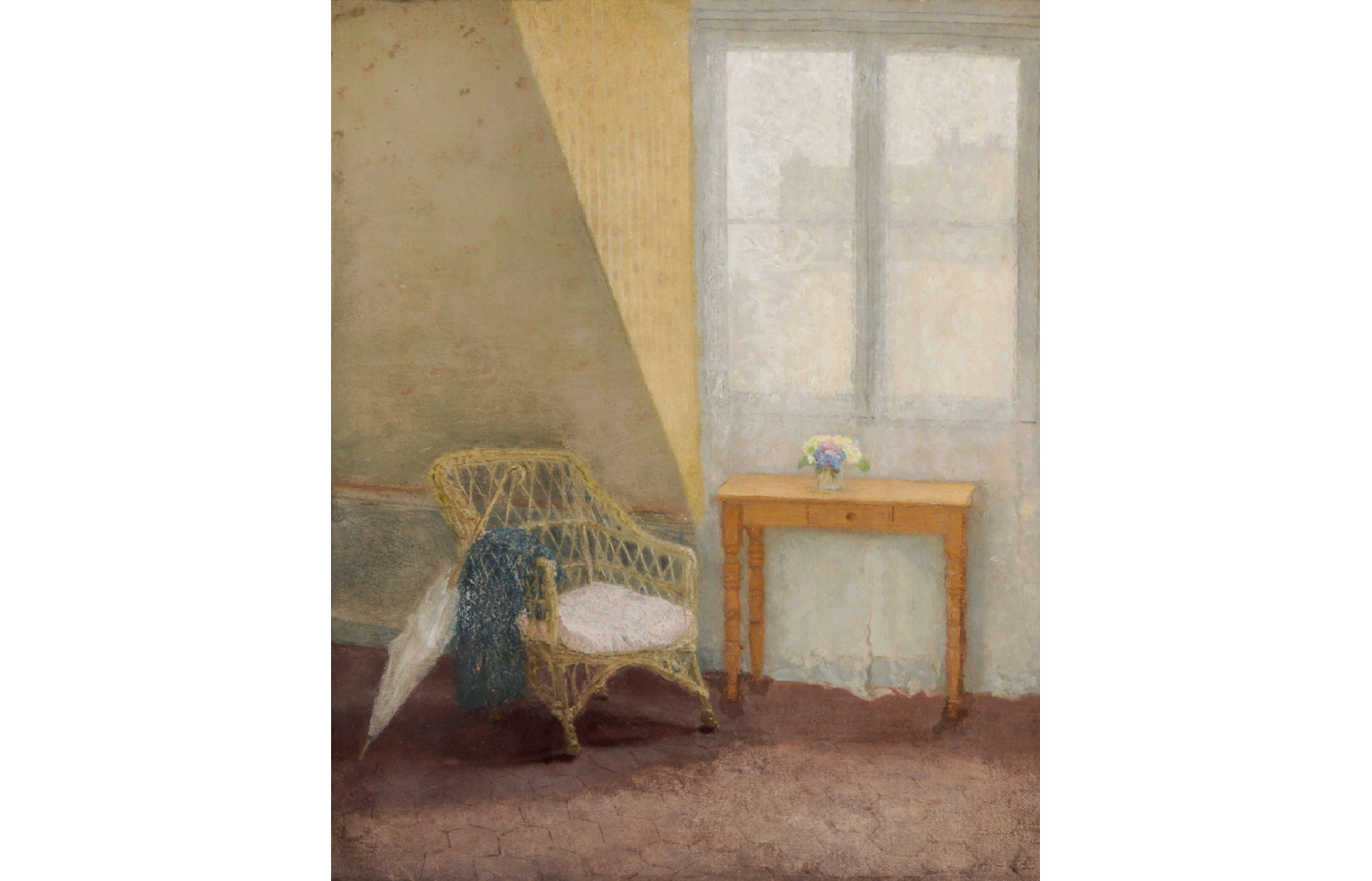In the rush to right the historical gender balance, galleries have been corralling neglected women artists into group exhibitions: the Whitechapel Gallery rounded up 80 women abstract expressionists for its recent Action, Gesture, Paint show. But imbalances can’t be corrected retrospectively. Rather than elevating women artists who didn’t make it in a male-dominated world – not all of whose work, if we’re honest, helps the female cause – we should be celebrating the grit and talent of the few who did. And Berthe Morisot and Gwen John – currently the subjects of solo shows at Dulwich Picture Gallery and Pallant House – had both in spades.
What’s remarkable, in the company of Vuillard, Bonnard and Cézanne, is how Gwen John’s work stands out
In a new biography, Gwen John: Art and Life in London and Paris, Alicia Foster, curator of the Pallant House show, dismantles the myth of John as a timid recluse: from the moment she left her hometown of Tenby to join her younger brother Augustus at the Slade in 1895, then abandoned London for Paris, John was a woman in full charge of her destiny. After an introductory room of London paintings, the show presents her in the context of the intimisme of Vuillard and Bonnard and the modernism of Cézanne. What’s remarkable, in this company, is how her work stands out. Her pictures don’t clamour for attention – they’re too reserved for that – but they command it with the contained energy of their draughtsmanship and the perfection of their tone. Beside her interiors Vuillard’s looks fudged, Hammershoi’s cold; she translates the prosaic into poetry.
In France she reinvented herself as French, furnishing her ‘Corner of the Artist’s Room in Paris’ (c.1907-9) with the statutory wicker basket chair and lace curtain to filter the light that now entered her paintings.








Comments
Join the debate for just £1 a month
Be part of the conversation with other Spectator readers by getting your first three months for £3.
UNLOCK ACCESS Just £1 a monthAlready a subscriber? Log in